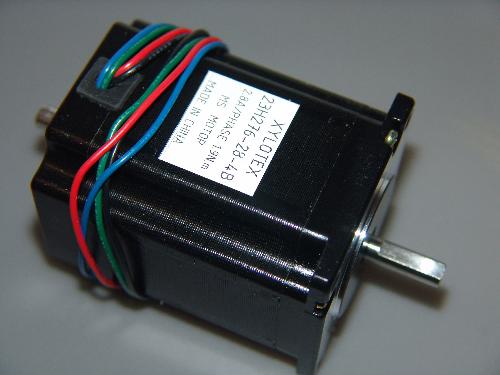Stepper motors offer many advantages. Although feedback is not usually required, stepper motors are compatible with feedback signals, either analog or digital. Error is noncumulative as long as pulse-to-step integrity is maintained by the stepper motor. A stream of pulses can be counted into stepper motors, and the stepper motor's final position will be known within a small percentage of one step.
Since maximum dynamic torque occurs at low pulse rates, stepping motors can easily accelerate a load. When the desired position is reached and command pulses cease, the stepper motor shaft stops and there is no need for clutches or brakes. The stepper motor is generally left energized at a stop position. Once stopped, the stepper motor resists dynamic movement up to the value of the holding torque. An additional feature of the PM stepper motor is that when all power is removed, it is magnetically detented in the last position. A wide range of step angles are available -- 1.8 to 80°, for example -- without logic manipulation. Stepper motors have inherent low velocity without gear reduction. A typical stepper motor driven at 500 pps turns at 150 rpm. The stepper motor's rotor inertia is usually low. Multiple stepper motors driven from the same source maintain perfect synchronization.
But the stepper motor's efficiency is low; much of the input energy must be dissipated as heat. Load must be analyzed carefully for optimum stepper motor performance. And inputs must be matched to the stepper motor and load. Damping may be required when load inertia is exceptionally high to prevent oscillation.

No comments:
Post a Comment